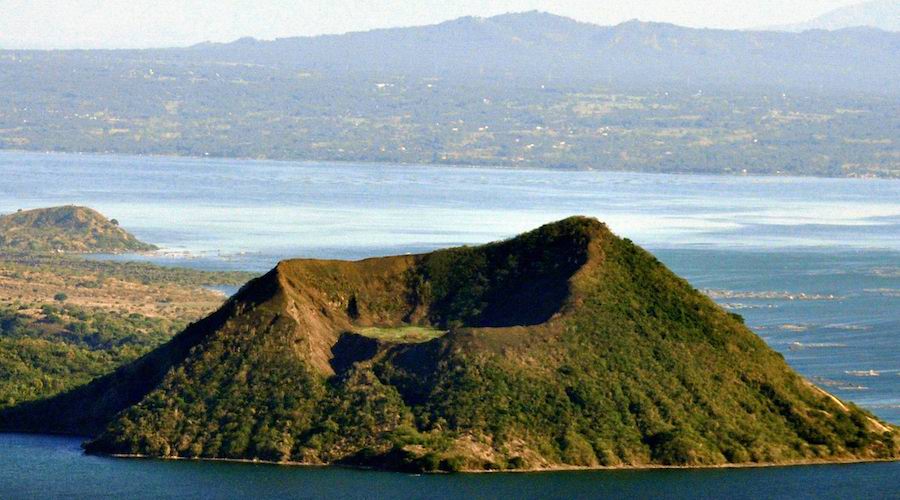‘Bubbly’ magmas may lead exploration teams toward untapped copper deposits

University of Leicester geologists are identifying magmas that experience the same process that makes fizzy drinks ‘bubbly’ to predict whether the area surrounding a volcano is likely to be rich in copper.
In a paper published in the journal Geology, the researchers explain that the new method takes advantage of a process in magma called fluid saturation which is associated with the formation of copper deposits. When water saturates in magma, it forms a separate fluid, in the same way that fizzy drinks become bubbly once no more CO2 can be dissolved within them. This water has been shown to strip the magma of fluid-loving elements like chlorine that also take copper with them. These copper-rich fluids are what form mineral deposits.
This process of stripping the magma of its chlorine and copper is captured in a type of mineral called apatite which remains in the magma as it erupts, cools and crystalizes. Apatite is commonly found in many different environments, but it is particularly good at hosting elements like chlorine that bind to copper – making them ideal for ‘fingerprinting’ the environment in which they were formed.
For this study, the researchers collected apatite samples from two volcanoes in the Philippines: Pinatubo, which has reached fluid saturation, and Taal, which hasn’t. The samples were then sliced extremely thinly and examined using a scanning electron microscope to look for the chemical ‘fingerprint’ of fluid saturation.
“We’ve used this very innocuous mineral apatite, which many researchers neglected for years because it was so seemingly insignificant, and found that it has a certain chemical fingerprint that is very different depending on whether it comes from a magma that has experienced fluid saturation and a magma that hasn’t,” George Stonadge, lead author of the article, said in a media statement. “We don’t fully understand how these copper- and fluid-rich magmas form. But we know that there are certain characteristics to the magmas that mean it’s more likely that you get a lot of copper forming in relation to them.”
Stonadge pointed out that his research has shown that the process of fluid saturation is very well recorded in apatite crystals from the copper deposits themselves.
“Being able to quickly identify these fluid-saturated magmas will be really useful during the early stages of exploration as it will allow areas of potential economic value to be located quickly,” he said. “By comparison with a lot of the current techniques used by the exploration industry, it is very, very cheap and very, very accessible.”
For Stonadge and his colleagues, since the “easy-to-access” copper deposits have already been found, the next step for mining companies is to try and locate the ones that aren’t so easy to find. In this endeavour, the novel technique they are proposing may turn out to be helpful.
{{ commodity.name }}
{{ post.title }}
{{ post.date }}

Comments